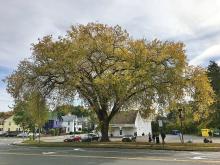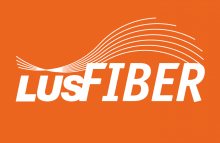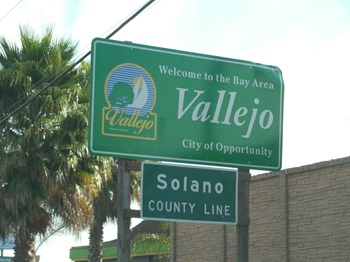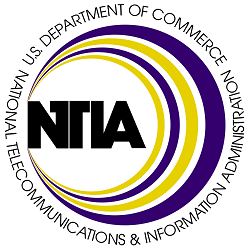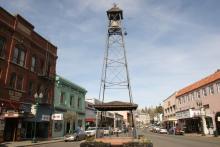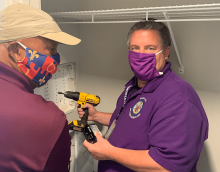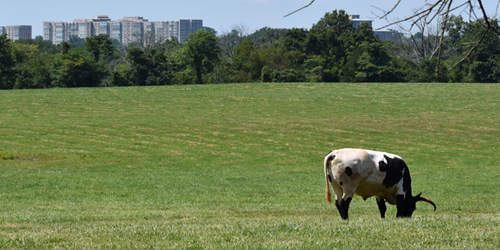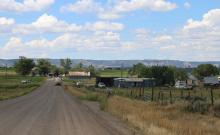Northampton, MA Welcomes Gateway Fiber, Hasn’t Ruled Out Municipal Network
Though Northampton, Massachusetts residents still broadly support the construction of a city-owned municipal fiber broadband network, city officials are celebrating the arrival of Gateway Fiber, which will soon be delivering a more affordable fiber option, and more broadband competition, to the traditionally underserved city.
Gateway Fiber recently unveiled plans to deliver multi-gigabit speeds to large swaths of the city. The company, which will finance the entirety of the build, says it’s already invested $3 million in the project so far.
It’s a welcome arrival for a city that’s been frustrated by substandard service provided by regional telecom monopolies, and flirting with the idea of its own municipal broadband network for the better part of the last decade. Some of the city’s efforts on this front have made it easier for providers like Gateway to serve the city of 29,000.

“While we don’t have a final cost estimate for the project, it will be a multi-million-dollar investment that will benefit both residents and small businesses in the Northampton area,” Gateway Fiber representative David Workman tells ILSR. “The project is 100 percent funded by Gateway Fiber, and we are also exploring grant opportunities that can be used to address digital equity.”


